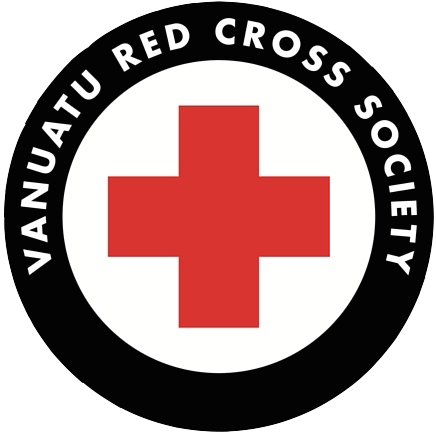To mark the International Day for Disaster Risk Reduction, Vanuatu Red Cross Society facilitated a Disaster Risk Reduction training workshop in Epau which was aligned with this year’s theme: traditional, indigenous and local knowledge, which compliment modern science and add to individual and community resilience. Led by community elders and sponsored by NDMO, VMGD, SPREP and IFRC, the purpose of the training was to teach community members about traditional cyclone shelter construction methods.
International Day for Disaster Risk Reduction aims to promote a global culture of disaster reduction, including disaster prevention, mitigation and preparedness. It is a day to celebrate how people and communities are reducing their risk to disasters and raising awareness about the importance of Disaster Risk Reduction. It is also a day to encourage every citizen and government to take part in building more disaster resilient communities and nations.
The low rate of casualties and impressive resilience of communities during Cyclone Pam helps to highlight the importance of combining traditional knowledge with modern science. However, since the Cyclone struck in March this year, many communities across Vanuatu have been reliant on foreign aid to assist in their recovery.
Tristelle Karae, Finpac Project Coordinator at Vanuatu Red Cross believes that “communities need to understand that aid won’t always be available to them”. She stressed the importance of encouraging communities to become more resourceful and to use traditional techniques taught by their elders to ensure they can cope through disasters big and small, without relying solely on outside assistance, “this training signals a start. We have to start somewhere. Our ancestors lived through many cyclones without the need to call on outside aid to survive”.
Vanuatu Red Cross plays an integral role in preparing communities for disaster. They acknowledge the important role that traditional knowledge and practices can play in reducing risk and improving disaster preparedness and community resilience, and thus have integrated such knowledge into their approach. Despite the effectiveness of local adaptation efforts (based on traditional knowledge), the addition of scientific knowledge helps to ensure their approach to DRR is sustainable and cost-effective. Their 2-year long term Cyclone Pam recovery plan includes the implementation of various disaster risk reduction awareness and training activities, which bring together both local knowledge & modern science and ultimately, ensure that the people of Vanuatu are more resilient and able to cope in the face of another disaster, should it occur.

